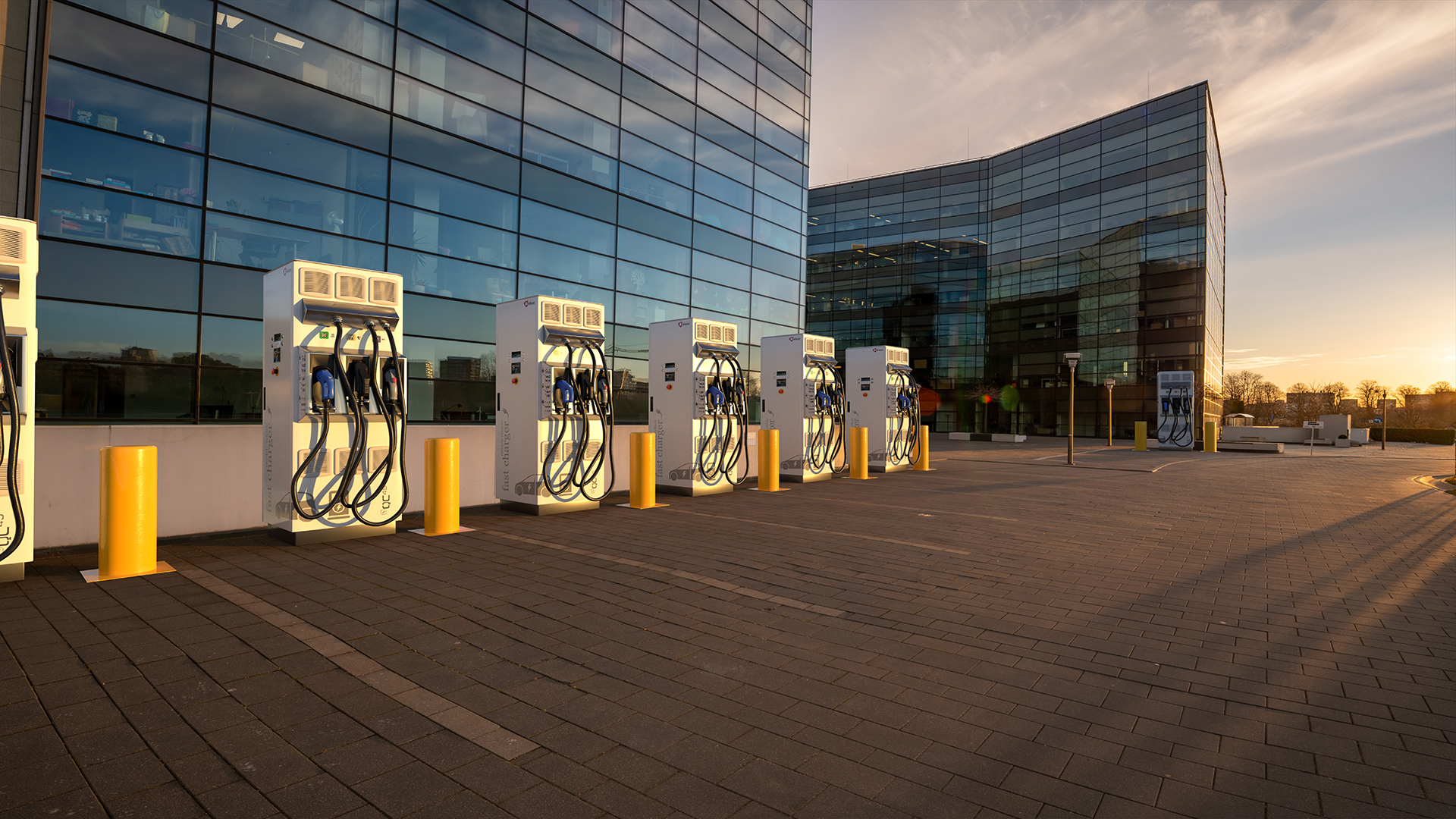Electric vehicles (EVs) have recently been at the forefront of the news. With the rise in popularity of brands like Tesla and Rivian, and a commitment from many auto manufacturers to change from traditional vehicle platforms to EVs, your facility will likely need to accommodate these new vehicles soon. While a move to EVs may reduce our dependency on fossil fuels, electrical infrastructure improvements may become necessary. So, is your facility ready for the coming EV wave?
Facility Considerations
A few questions a facility manager may want to consider to prepare their facility for onsite charging are:
- Can our current electrical distribution system support my future EV charging needs?
- Do we want to offer EV charging for free or at a cost to those who park at our facility?
- Will EVs be implemented as a fleet solution or only for employee parking/charging?
- Can onsite EV charging offset some of the costs of a traditional vehicle fleet program?
While many buildings have robust electrical distribution systems, some may operate at or near peak capacity. Therefore, it may be advisable to have a comprehensive load study performed prior to planning for new installations. Adding additional electrical capacity may be an option to give your site the needed bandwidth to install multiple chargers. Alternatively, installing solar PV panels or upgrading older lighting systems may be a way to offset the energy needs of a new EV charging system. Sub-metering of charging stations can also be a solution to help determine electricity costs.
If your facility is in a high-traffic area or offers public parking, installing EV chargers may be a means of opening your doors to new customers. EV charging can be provided as a free service or generate revenue for your facility, with many charging stations offering payment processing options for users.
Fleet EVs have come into focus as the future of commercial vehicles recently. With operation costs much lower, fleet EVs can offer an appealing option.
When planning for a fleet EV charging system, charging durations, eventual fleet size, and charging frequency should all be considerations.
Where to Start?
If EVs are in your company’s future, now may be the time to start planning for charging installations. A facility electrical load assessment and equipment survey can help determine if service upgrades are required. Additionally, state and federal tax incentives may be available to help offset the cost of new chargers and electrical wiring. With an entire team of solutions engineers, account managers, and electricians, ColonialWebb can help you determine costs, benefits, and return on investment for upgrading your facility to accommodate electric vehicles.




